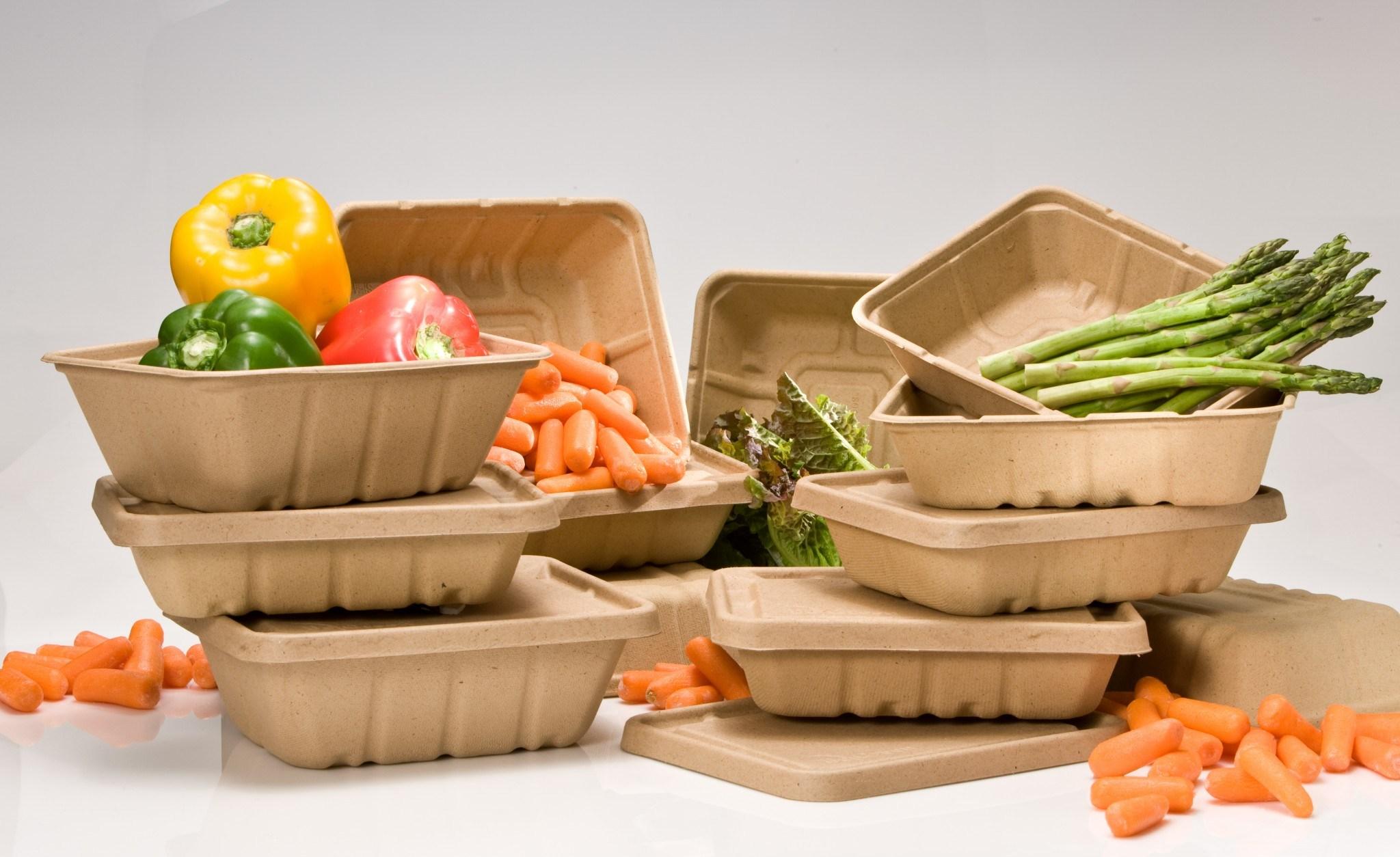Introduction
The compostable packaging market is experiencing rapid growth as sustainability becomes a key priority for businesses and consumers worldwide. Investors are increasingly looking at this sector as a lucrative opportunity, driven by regulatory pressures, consumer demand, and advancements in biodegradable materials. This article explores the key investment opportunities, market trends, and factors that make the compostable packaging industry an attractive choice for investors.
Key Investment Drivers
-
Regulatory Push for Sustainable Packaging:
-
Governments globally are implementing bans on single-use plastics, accelerating the demand for compostable alternatives.
-
Policies such as the European Green Deal and extended producer responsibility (EPR) regulations encourage investment in sustainable packaging solutions.
-
-
Rising Consumer Demand for Eco-Friendly Products:
-
Consumers are increasingly choosing brands that prioritize sustainability, prompting companies to adopt compostable packaging.
-
Growing environmental awareness has led to higher demand for biodegradable and compostable packaging in food, beverage, and retail sectors.
-
-
Advancements in Biodegradable Materials:
-
Innovations in bio-based polymers like PLA, PHA, and fiber-based materials are enhancing product performance and reducing costs.
-
Research and development (R&D) investments are making compostable packaging more durable and adaptable to various industries.
-
-
Corporate Sustainability Commitments:
-
Large corporations such as Unilever, Nestlé, and PepsiCo have pledged to make packaging fully recyclable or compostable by 2030.
-
Partnerships between startups and major brands are fueling investment in innovative compostable packaging solutions.
-
Key Investment Opportunities
-
Material Innovation and Biopolymer Production:
-
Investing in the production of bio-based materials such as PLA, PHA, and starch-based polymers offers strong growth potential.
-
Companies specializing in next-generation biodegradable materials are attracting venture capital and private equity funding.
-
-
Composting Infrastructure and Waste Management Solutions:
-
Developing composting facilities and waste processing infrastructure is essential for the effective end-of-life management of compostable packaging.
-
Public-private partnerships in waste management present opportunities for long-term investment.
-
-
Sustainable Packaging Startups and Technologies:
-
Startups focusing on home-compostable packaging, edible packaging, and smart biodegradable solutions are gaining traction among investors.
-
Mergers and acquisitions (M&A) in the compostable packaging sector are increasing as companies seek to expand their sustainable offerings.
-
-
Supply Chain and Manufacturing Expansion:
-
Investment in regional production hubs can help meet the growing demand for compostable packaging while reducing transportation costs and emissions.
-
Scaling up manufacturing capabilities to lower production costs and improve supply chain efficiency is a key opportunity for investors.
-
Challenges and Considerations for Investors
-
Higher Production Costs Compared to Conventional Plastics:
-
While costs are expected to decline with technological advancements, initial investment in compostable packaging remains higher than traditional plastic.
-
-
Limited Industrial Composting Infrastructure:
-
The lack of widespread composting facilities poses a challenge to the scalability of compostable packaging solutions.
-
-
Market Education and Consumer Behavior:
-
Misconceptions about compostable packaging and improper disposal practices can limit its environmental benefits.
-
Future Outlook
The compostable packaging market is expected to witness significant expansion, with a compound annual growth rate (CAGR) of over 15% in the next five years. As technology advances and regulatory frameworks become more stringent, investment opportunities will continue to grow. By strategically investing in material innovation, manufacturing capabilities, and infrastructure development, investors can capitalize on the long-term potential of the compostable packaging market.
Conclusion
The compostable packaging market presents a compelling opportunity for investors seeking sustainable and high-growth industries. With increasing regulatory support, rising consumer demand, and continuous technological innovation, the sector is well-positioned for expansion. Strategic investments in material science, waste management, and manufacturing efficiency will be key to maximizing returns and driving the transition towards a circular economy.







